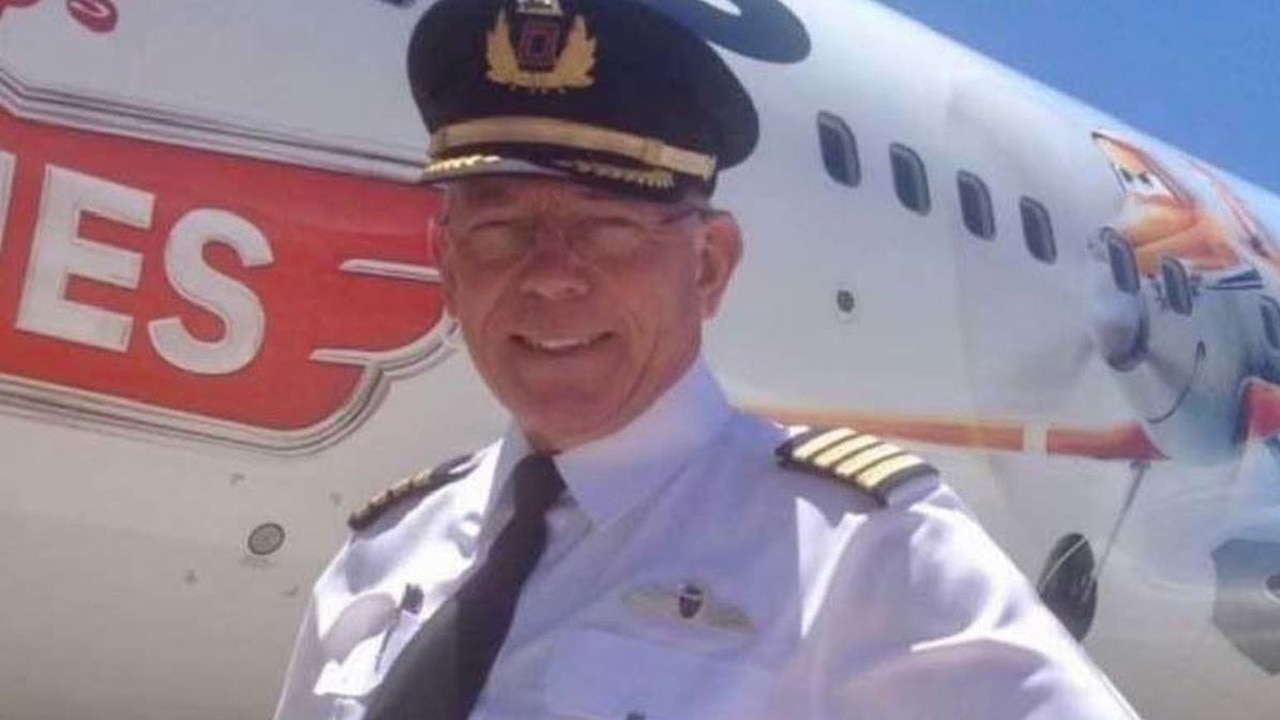‘Dangerous to fly’: Nepal plagued by deadly air crashes
The horror crash in Nepal of a plane carrying 72 people, including an Australian, has thrown the spotlight on the country’s air safety problems.

At least 68 people died when a plane crashed in Nepal on Sunday, officials said, the deadliest aviation disaster to hit the Himalayan nation in three decades.
An Australian was believed to have been on board the Yeti Airlines ATR-72 turboprop that crashed into a gorge in the popular tourist city of Pokhara, just short of the airport’s runway.
It had almost completed the brief flight from Nepal’s capital Kathmandu, some 200km further east.
It’s not known if the Australian passenger is among the fatalities.
The incident has once again thrown into the spotlight the issue of airline safety in Nepal, where severe weather and airports perched cheek by jowl with rugged mountains has often made it one of the most challenging countries to fly in.
In addition, Nepal’s air transport sector has been plagued by accidents due to poor maintenance, insufficient training, old planes and lax standards.
The last major air disaster in Nepal happened just months ago, in May, when a plane crashed into a hillside killing 22.
Since 2010, around 200 people have perished in air crashes in Nepal. And in 1992, 167 people died in the country’s worst ever air incident at Kathmandu Airport.
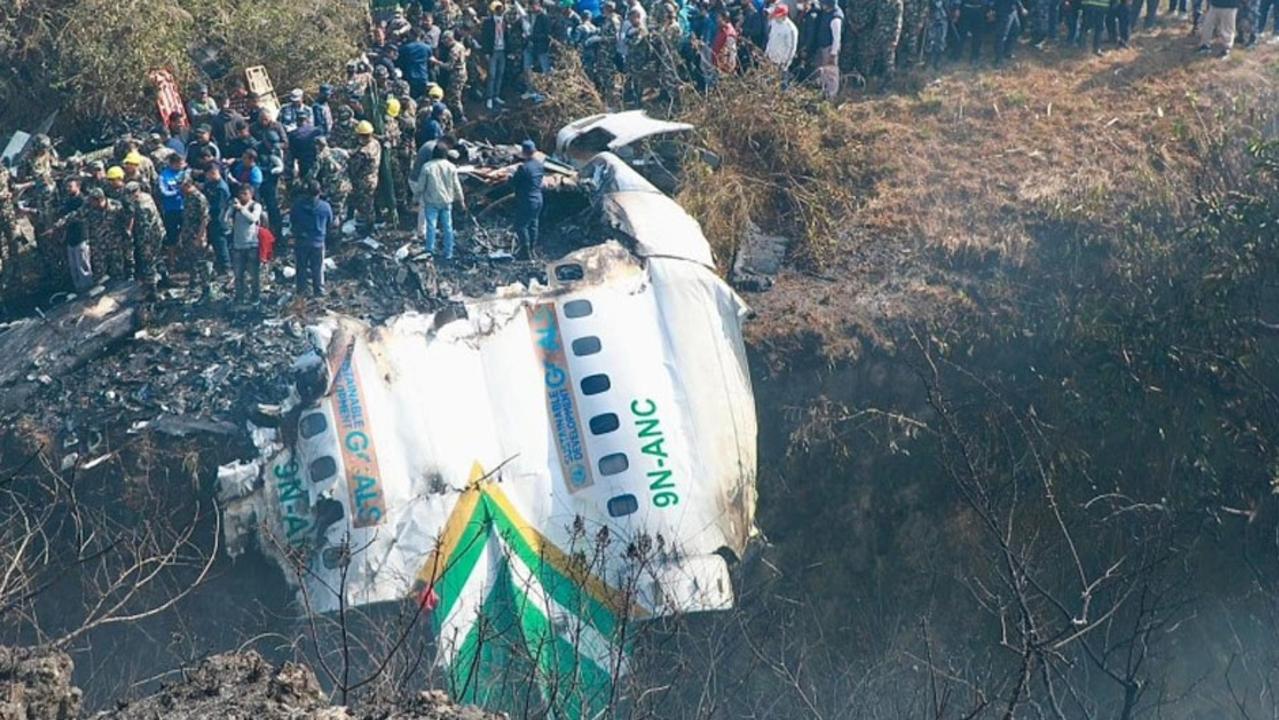
‘Hostile topography’
Nepal’s government is well aware of the dangers.
A 2019 safety report by the Civil Aviation Authority of Nepal laid out the risks.
“The diversity of weather together with hostile topography are the main challenges to aircraft operations in Nepal,” it said.
The report said Nepal’s air safety had improved but smaller aircraft were of particular concern with a number of incidents of aeroplanes flying into mountainsides during bad weather.
However, outside of the major cities, it’s often only smaller planes that can access Nepal’s airports which have to be squeezed into unforgiving countryside between cliffs and gorges.
Tenzing-Hillary Airport in Lukla, for instance, has a runway that is steeply angled with a sheer drop at one end and a mountain at the other. It’s often been said to be the most dangerous airport in the world.
Yet Sunday’s incident happened in good weather; with a larger aircraft that wasn’t very old and heading to a brand new and relatively large airport.
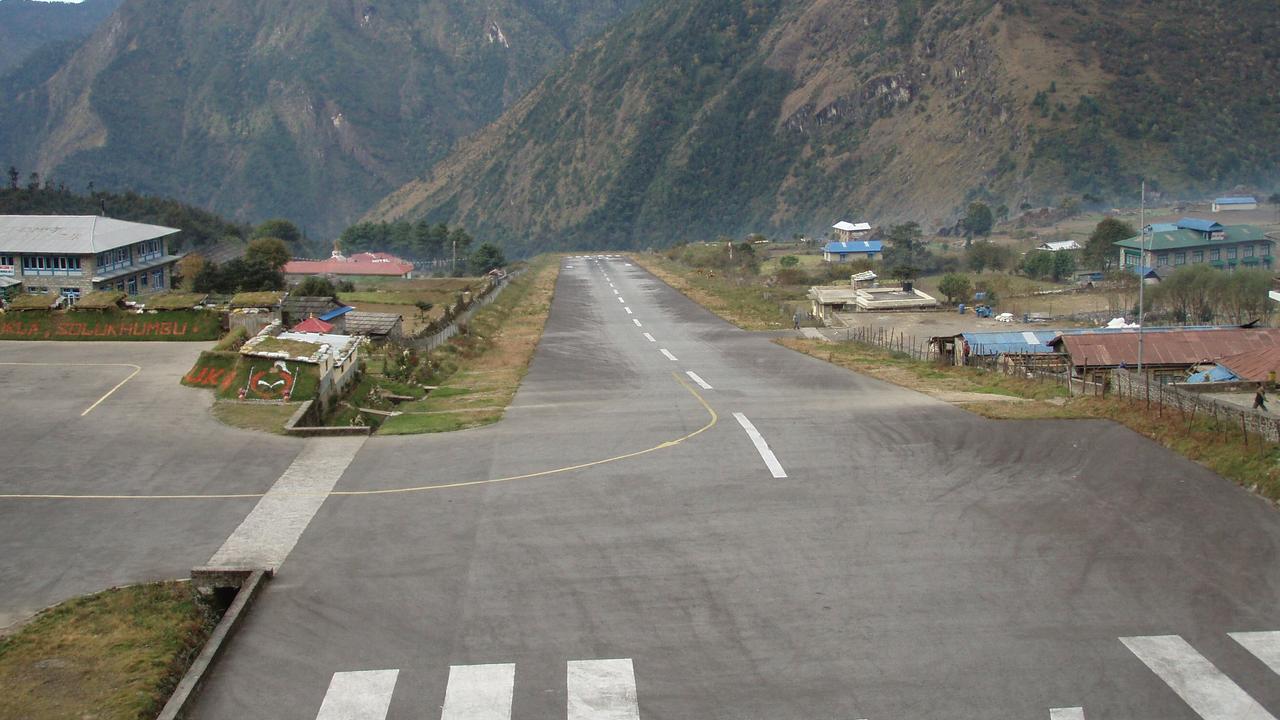
‘Can’t keep flying 43-year-old aircraft’
The most recent crash before Sunday's tragedy was in May 29, 2022. A Twin Otter plane operated by Nepali carrier Tara Air crashed shortly after takeoff from Pokhara, the same city where Sunday’s disaster occurred.
The small plane seated around 20 passengers and is a similar size to many zipping around Nepal’s mountainside airports.
That plane was first flown in 1979 and was not equipped with modern technology that could have provided the pilot with vital information about the surroundings.
“We can’t afford to keep flying aircraft that are 43 years old,” Captain Bed Upreti told The Guardian last year.
“The technology, or lack of, is dangerous to be flying in a place like Nepal.”
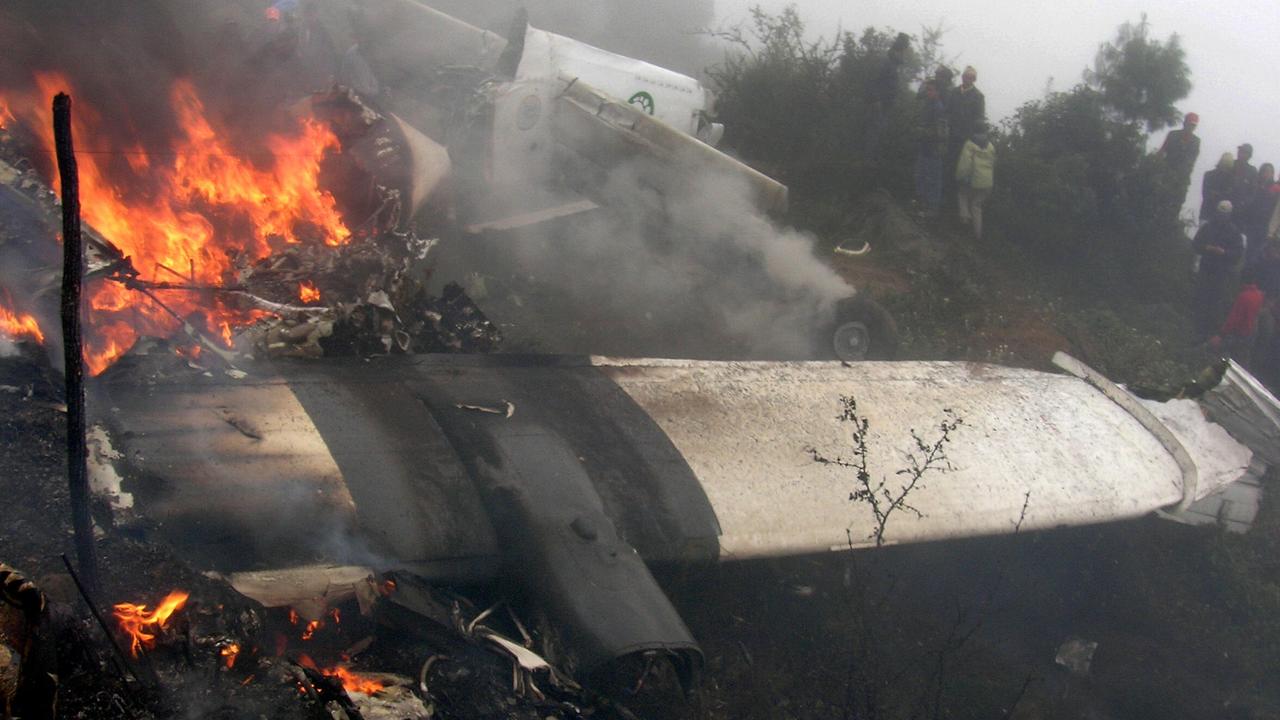
Nepal’s grim record of air crashes
Fatal airline accidents happen every year or two in Nepal.
On April 14, 2019, a small plane veered off the runway while taking off near Mount Everest, hitting two helicopters and killing three people. Three others were also injured.
In March 2018, a flight from the Bangladeshi capital Dhaka crashed at Kathmandu Airport, skidding into a football field where it burst into flames. In that tragedy, 51 people were killed in what was the deadliest aviation accident in the country for decades.
In February 2016, another Twin Otter aircraft operated by Tara Air crashed into a hillside in Myagdi district, killing all 23 people on board.
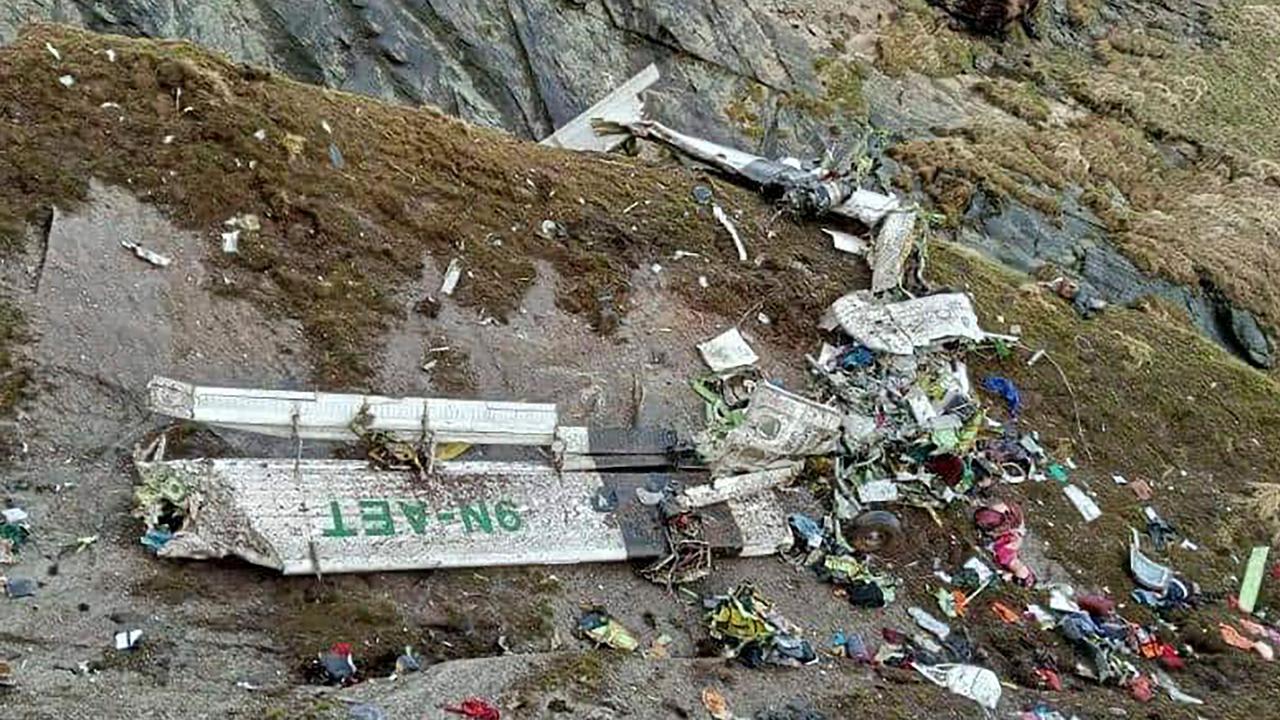
Two years before that, in 2014, 18 people were killed when a Nepal Airlines flight crashed in Arghakhanchi district, with rescuers finding body parts and debris strewn across the mountainous countryside.
September 2012 saw a plane flying 19 people towards Mount Everest go down in flames on the outskirts of the Nepali capital, killing everyone on board including seven Britons and five Chinese citizens.
In May of the same year, 15 people died when an Agni Air plane carrying Indian pilgrims crashed near the treacherous high-altitude airport of Jomsom in northern Nepal, while six made a miraculous escape.
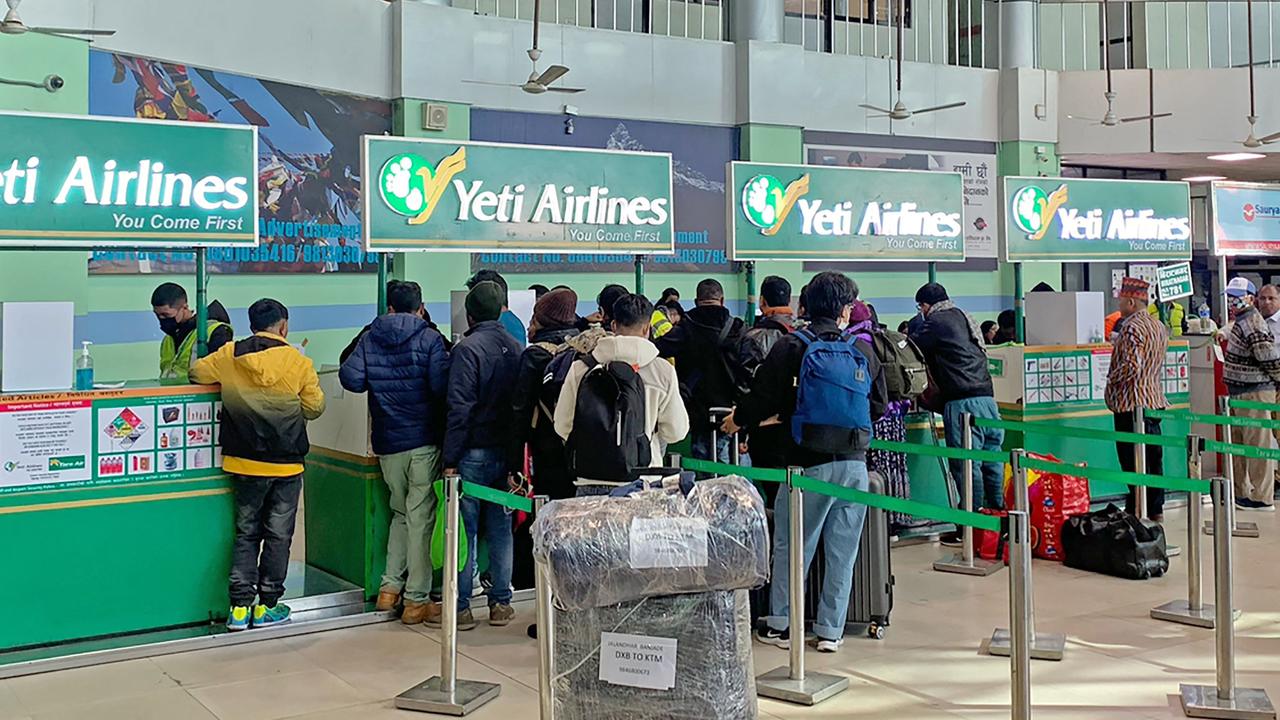
In September 2011, a small plane taking tourists on a sightseeing trip around Mount Everest crashed into a hillside near Kathmandu, killing all 19 people on board.
All 22 passengers and crew on board a passenger plane that crashed in eastern Nepal were killed in December 2010. Most of the victims were pilgrims from Bhutan, with one US citizen also among the dead.
In August 2010, a small Agni Air plane crashed in bad weather near Kathmandu, killing all 14 people on board including four Americans, a Japanese and a British national.
The deadliest air diaster in Nepal’s history took place on September 28, 1992, when all 167 people on board a Pakistan International Airlines aircraft died when it crashed on approach to Kathmandu.



